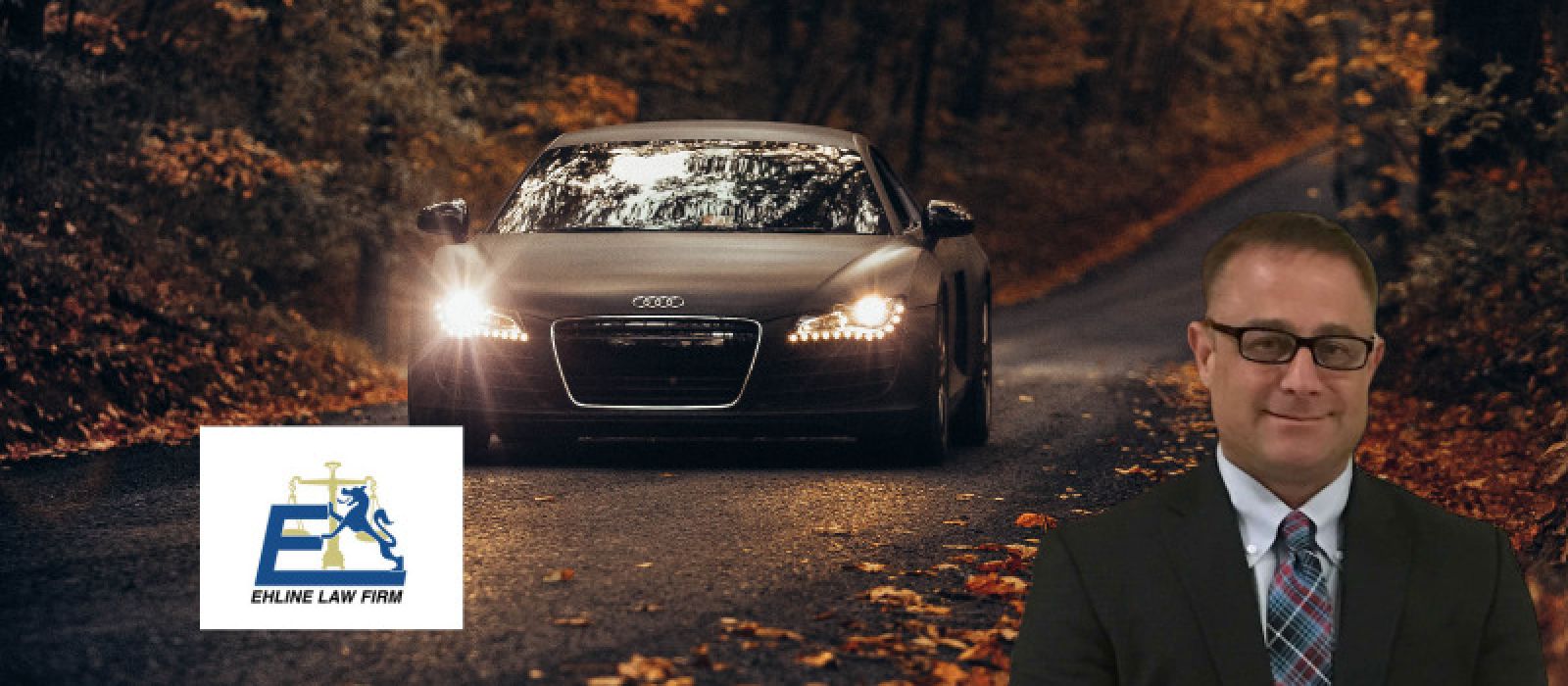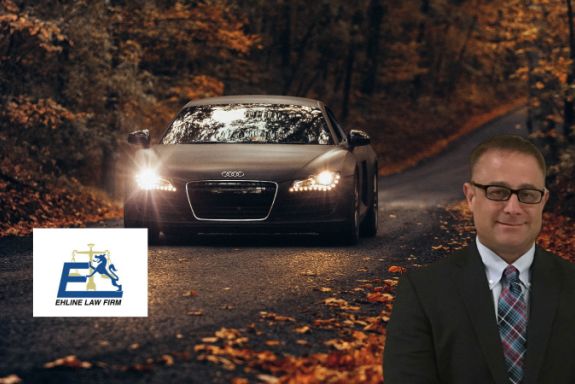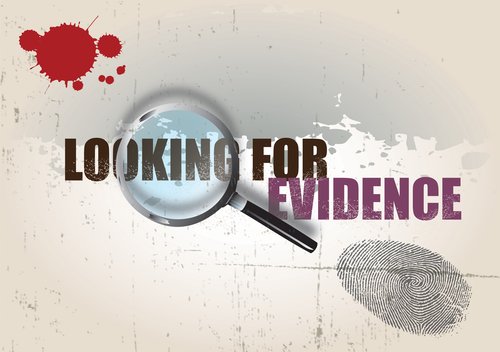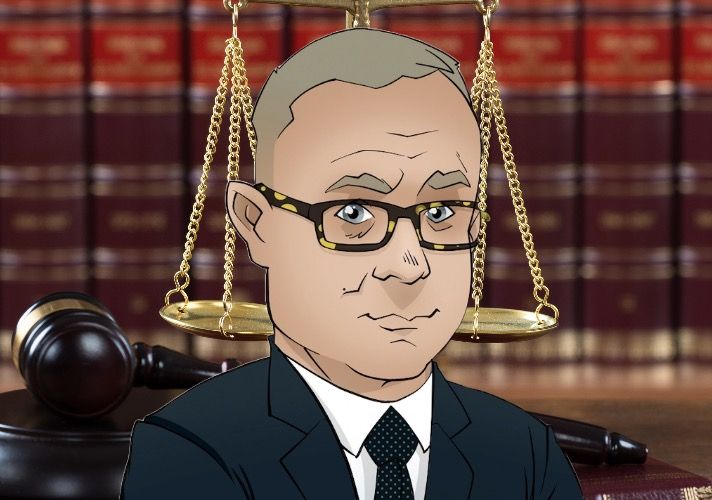
Basic Evidence Gathering in a Motor Vehicle Accident Case
Over $150 Million Won

If we don’t win, you don’t pay.
NO WIN – NO FEE

ON CALL 24/7

U.S. Marine

Do you have a lawyer issue and want a second opinion about building a solid case? Read this before clicking off. When you or a loved one are faced with a terrible car accident case, the last thing your family wishes to worry about is fighting with an insurance company or filing a lawsuit in court with the person who caused the accident.
Our trained legal professionals will now help with tips and legal advice to save your car accident personal injury claim from the jaws of defeat by gathering additional evidence to build a stronger case. Because we are expert injury attorneys, we know how to gather evidence in a car accident case. Below we have provided some essential basic traffic accident evidence-gathering tips to assist you, starting at the accident scene. The more you do right now to preserve and protect evidence, the more leverage we will have against the negligent party or parties who caused your serious injuries and suffering.
In these types of claims, you and your loved ones will be fighting defendants, municipalities or making an automotive insurance claim. So the evidence you gather at the accident scene before making a police or car accident report with an insurance company before filing your car accident lawsuit will be vital to your future victory.
Pictures of skid marks, property damage, and even proof of lost wages will pay you more financial damages if they show you are less at fault. And these rules apply to motorcyclists, pedestrians, and anyone involved in a California motoring car accident claim.
When you suffer a severe injury or lose a close loved one to wrongful death, collecting and preserving evidence remains vital to proving liability and winning damages compensation. The skilled collision attorneys at Ehline Law have the tools and experience to help solve your car accident evidence-gathering woes during an injury claim.
Car Accident Evidence Helps You Build And Strengthen Your Serious Injury Or Wrongful Death Claim
What is the evidence?
As defined by the Oxford English Dictionary, the evidence is as follows:
the available body of facts or information indicating whether a belief or proposition is true or valid:
the study finds little evidence of overt discrimination
Law information drawn from personal testimony, a document, or a material object, used to establish facts in a legal investigation or admissible as testimony in a law court: without evidence, they can’t bring a charge signs or indications of something:there was no obvious evidence of a break-in (Oxford)
When faced with a loved one’s death or catastrophic car accident injuries, you must prove the other driver caused the accident. Gathering evidence for the insurance company is how it’s done in most car accident cases. We know people will lie after leaving the accident scene and blame you. Your legal experts can construct the body of evidence only if it is not lost, stolen, repaired, or destroyed. But you will read this article, so that won’t happen. If you don’t gather vital evidence, it won’t be submitted to the court, and you won’t meet the plaintiff’s burden, costing you and your personal injury attorney the case.
It would help if you thought about it this way; when you give your lawyer evidence, its accrual leads to witness names, addresses, phone numbers, weather conditions, statements made by parties at the accident scene, and even police officer badge numbers, including accident investigation reports (police reports and contact information, etc.).
You must provide your lawyer with all documents and authoritative information, including close-ups depicted in photographs of the accident location and your social media account information. You can rest assured that even if some evidence remains inadmissible in court to prove or disprove facts, it can still be used to prove or disprove contentions and lies to the insurance adjuster paying the risk.
Example of Probative Value and Prejudicial Effect?
Our first example can be used to prove a driver involved in a vehicle accident was DWI. These drivers are famous for hit-and-run accidents and blowing traffic signals. Your car accident lawyer can use a criminal defendant’s DUI or DWI conviction as negligence per se evidence. Insurance companies won’t fly for these claims unless specific criteria are met. Also, your judge in the civil car accident lawsuit can deem the other driver liable in advance as a matter of law since crimes the defendant was convicted of will require a higher standard of proof than civil claims.
So here, the parties will save money and time because no one is trying to convince a jury who caused your severe suffering, stress, and pain. Furthermore, your judge may find DWI evidence too prejudicial for a jury to know about. If a jury becomes emotional or enraged, it may unfairly award you too much money.
Probative Value versus Deleterious Effect
So, in this case, the inflammatory effect of this evidence can outweigh any probative value to prove your damages case reasonably. Because of the evidence rules, the parties are left arguing over reasonableness and the necessity of your medical expense and hospitalization.
Your role as defendant or plaintiff means you cannot assume things about evidence. The evidence rules say some evidence will eventually be admissible or inadmissible at trial. Sometimes your judge will allow things and exclude things they shouldn’t. Your remedy is to file an appeal. (Maybe you should have settled when you had the chance?)
As seen in Greyhound Corp. v. Superior Court, California’s discovery phase is a so-called fishing expedition and ultimately will be allowed in a civil case. Courts will decide what comes in as evidence during the trial, at the motions in limine stage. Any objection to evidence will be made orally before the judge or jury, in-camera, outside the jury’s presence, or during a sidebar.
Some Inadmissible Evidence Leads to Admissible Evidence?
Because of this, evidence that a court may deem inadmissible could still become allowed in a civil discovery matter. So if it’s allowed, it tends to prove or disprove the existence of other evidence. Perhaps the additional evidence could eventually come to trial. Also, victims must demonstrate the truth of the matter asserted to win.
Fishing Expedition
They are allowed to fish for evidence to do just that. For example, if the car crash victim was escorted away in an ambulance, how would that victim obtain accident scene evidence? Those hospitalized plaintiffs would later seek discoverable evidence, including a Traffic Collision Investigation Report to prove their case. Even police reports will generally be considered hearsay during the trial. Why? First, an official report about your crash could lead to witnesses and refresh said witnesses’ (like the cops you call to trial) memories.
Example: For example, the EMT who helped treat/stabilize your broken arm or brain injury could be sought out and called as a witness. Even though some seeming reports may not come in during your case in chief at trial, almost all evidence is relevant during discovery. If you wish to shield information from party discovery, you must seek a court order.
If the motion to compel is granted, you lose. If not, the court will find that the evidence sought is privileged or confidential during civil discovery. You can appeal this ruling by seeking a writ, mandate, prohibition, or appeal after the final verdict. Also, as seen in Greyhound Corp. v. Superior Court (1961) 56 Cal. 2d 355, both parties will have compelling reasons to find and produce as much evidence as possible.
What is “Evidence Gathering” in a Car Accident Case?
The evidence collection begins immediately after the motor vehicle incident, especially in a passenger car or motorcycle crash. The victim could work with the police at the accident scene. Also, this plaintiff can gather witness statements and create an accident site record. Of course, many victims of vehicle wrecks suffer severe injuries or even die.
Most of the time, they get escorted away in an ambulance. So, proof of their hospital ride remains vital to proving their injury was connected to this particular wreck. Furthermore, without this evidence, an insurance company’s adjuster will try to claim the victim is faking it.
Evidence Comes in Many Forms?
Evidence can take many forms, including witness statements, medical records, prescription pain medicine bills, etc. The evidence includes photos, computer hard drives with injuries, and videos of daily life consequences suffered. If you were in a fender bender, you could take these shots at the crash scene. If you suffered terrible injuries, you would need to have a friend or representative get to the crash site so they can gather evidence quickly.
So pictures of the vehicles or the people involved will create a link in the chain of evidence. Even the victim’s hospital photos can become evidence. Evidence can also get extracted from official documents, such as police reports, as discussed. These items can build the credibility and foundation of your case.
So all of this can meet the threshold of evidence to win the case. But getting injured as a legal novice makes victims usually unable to conduct investigations. Skilled legal authorities can step in and work on resolving client issues.
The best evidence is proving responsibility party liability, responsibility, or fault, as in our DUI conviction example above. Typically, the at-fault vehicle driver, vehicle owner, the car or truck manufacturer, product maker, or another party will share apportioned responsibility.
Your lawyer must have access to evidence tending to show if another party’s action or inaction caused your suffering or familial loss of life. Having your doctor’s records documenting your injuries remains vital to prove the time, place, manner, and extent of the harm inflicted upon you.
When does a Party refuse to Produce Relevant Evidence – Sanctions?
Almost everything can be evidence during the discovery phase of civil proceedings. Because of this, it can lead to other evidence that would generally be admissible at trial. So even though much of what you discover will be barred at trial, you can research and develop leads from it during this stage.
Just make sure to include written objections to renew them during the trial. There are cases when a party refuses to produce evidence that proves or disproves claims or defenses. In these cases, there could be no full resolution until a petition or appeal is realized.
Still, a party can move to compel and seek sanctions from a court of law against the party improperly withholding evidence. Often this evidence could show an individual’s honesty, character, or liability or prove or disprove a fraudulent car accident claim. But car accident evidence gathering can be a long, complicated process, requiring help from a skilled lawyer. You must retain a local lawyer with the judge’s respect and their staff’s respect. You must convince a judge to force that party to comply and apply a sanction, or you will wish you had settled when you could!
The First Step Is to Informally “Meet and Confer”?
In many jurisdictions, Los Angeles and broader California courts require that the parties informally confer before trying to bother a court with discovery motions.
This informal meeting can get done:
- In-person
- Through phone calls
- Letters
- Faxes and other methods.
By parties to a lawsuit or insurance claim trying to work things out, your judge (or their law clerk) will see you made a good faith attempt to resolve the matter before motioning court intervention while seeking discovery.
- Many California judges call this process a “Starbucks” meeting
Can Unverified Discovery Responses Be Used To Impeach Character?
Yes. One issue that comes up a lot is the unverified discovery response. The interrogatory and document responses are sent to a party but not verified, which must be done under penalty of perjury. That’s about what all unverified responses to discovery are suitable for, assuming these responses conflict with other facts or later discovery.
However, you should bring a motion to get the defendant’s “verified” responses. A party’s unverified discovery responses are “no response at all” and not made under “penalty of perjury” as” “true and correct.” (See Appleton v. Superior Court (Cook) (1988) 206 Cal. App. 3d 632). Newly minted attorneys can miss this vital step and fail to meet their burden of proof at trial.
What Are Some Downsides of Seeking Sanctions for Failure to Comply With Discovery?
Seeking sanctions can also lead to complicated proceedings, as the authorized party to pay them will be angered and refuse to settle without a jury trial. A skilled lawyer can avoid that. In extreme cases, the lawyer may pay the sanction award out of pocket since he screwed up and angered the court, parties, or clients.
Call a Car Accident Lawyer at Ehline Law Firm Personal Injury Attorneys APLC to Learn More
Having an experienced and successful attorney is essential to your financial outcome when faced with such an incident and the aftermath. You want to hire someone second to none. Our firm has settled hundreds of cases for our clients.
Call our phone number or contact us at ELF California Personal Injury Attorneys today using our online contact form. Schedule a cost-free, no-pressure consultation at (213) 596-9642. Hablamos Espanol.
-
Accordion Index - General Car Accident
Accordion Index - General Car Accident
- Limousine Accidents
- Limo Bus Accident
- LAX Taxi accident
- Taxi Cab Injury
- Lyft Accidents
- Uber Accident
- Wheels E-Bike Rental App
- Bus Accident
- Train Accident
- EMT Vehicle Accident Attorney
- Fire Truck Accident Lawyer
- Delivery Vehicle Accidents
- Amazon Delivery Trucks
- BulletProof Armored Vehicles
- DHL Accidents
- FedEx Truck Accidents
- GrubHub Accidents
- UPS Delivery Truck Accident
- Big Rig Truck Accident
- Bicycle Accident
- Motorcycle Accident
- Parking Structure Accident
- Pedestrian Collisions


